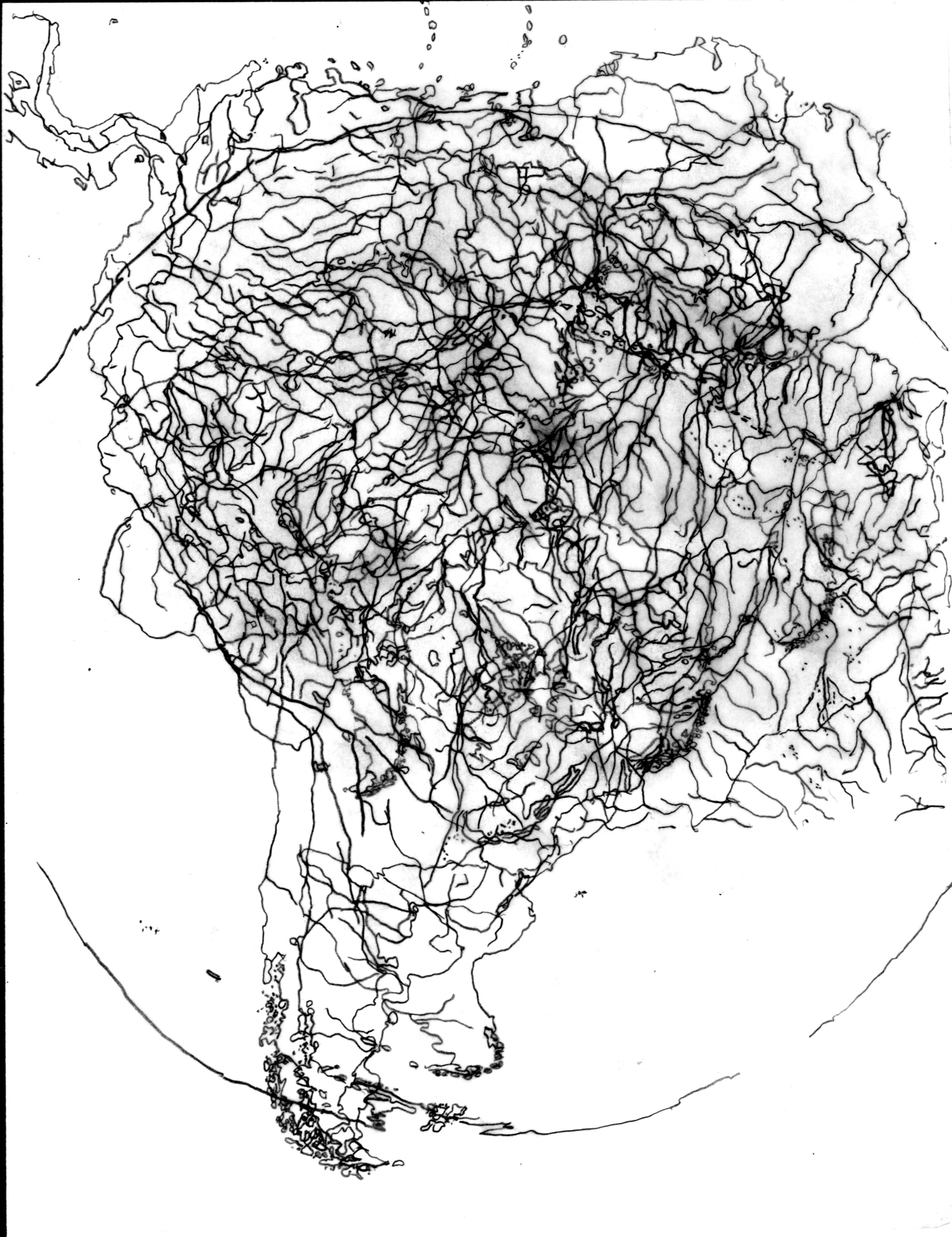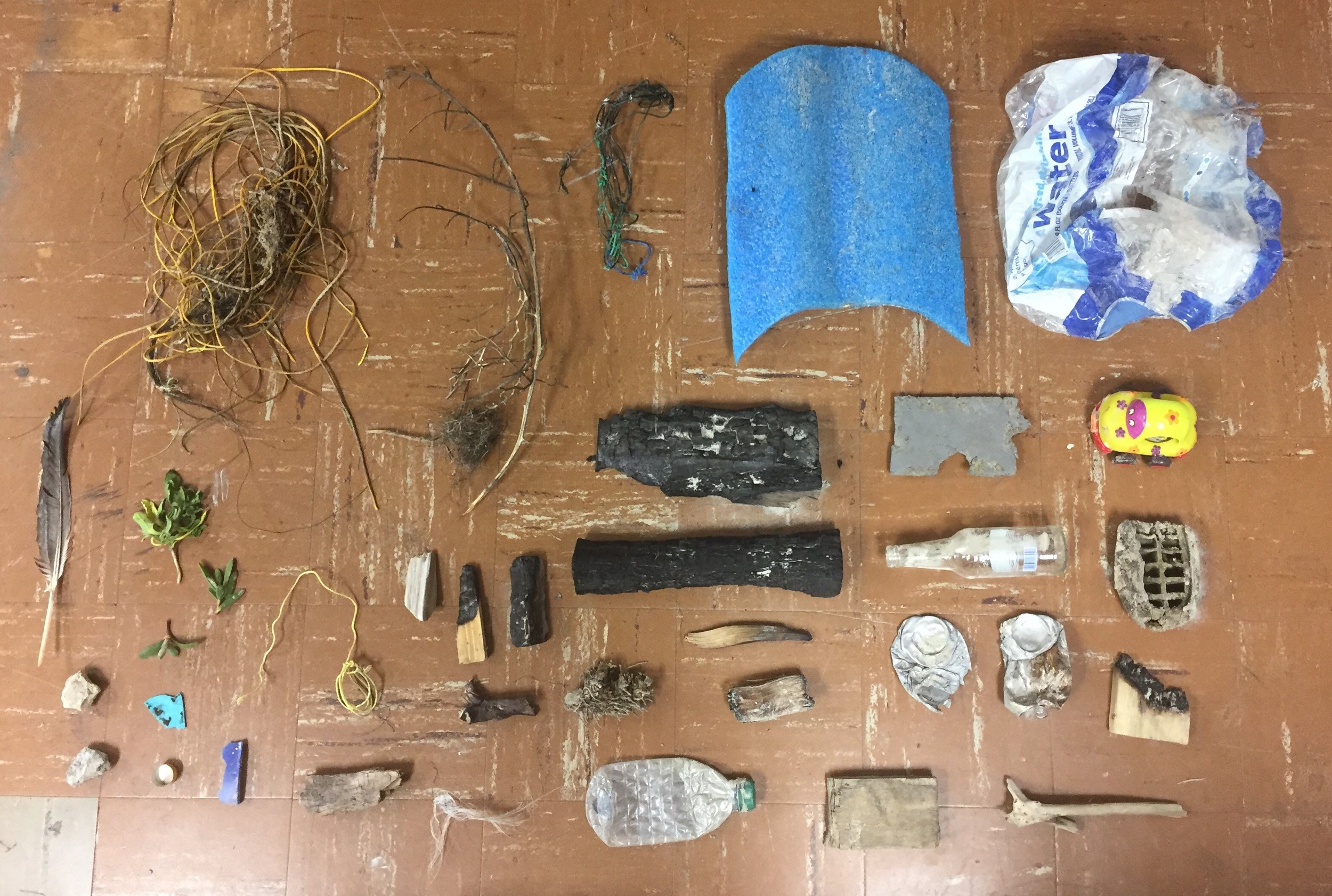So here is something new. I’ve been making layered map drawings. This is the first one that is large (I think it’s about 5 feet long) and blue. I’m not quite sure where these are heading yet but I’ll probably try screen printing them later this week.
A little bit about this image... It’s five different world maps on top of each other. All from different perspectives. One is the typical world map, EurAsia centered, Americas centered, Pacific Ocean centered and upside down. Depending where you are in the world the map maybe centered on a different continent. Upon this research I learned about the purpose of upside down maps. The connotation of the northern hemisphere being richer or “better” effects peoples view of the souther hemisphere. Supposedly the upside down map is supposed to aliviate some of these negative feelings. I’m not really sure about that but it’s cool to know.
Anyway... I came up with this idea due to the fact that depending on where you are in the world you get a different perspectives of places not your own. Whether they be “exotic”, “shithole”, first world or third world it doesn’t really matter because on paper it’s all the same.














